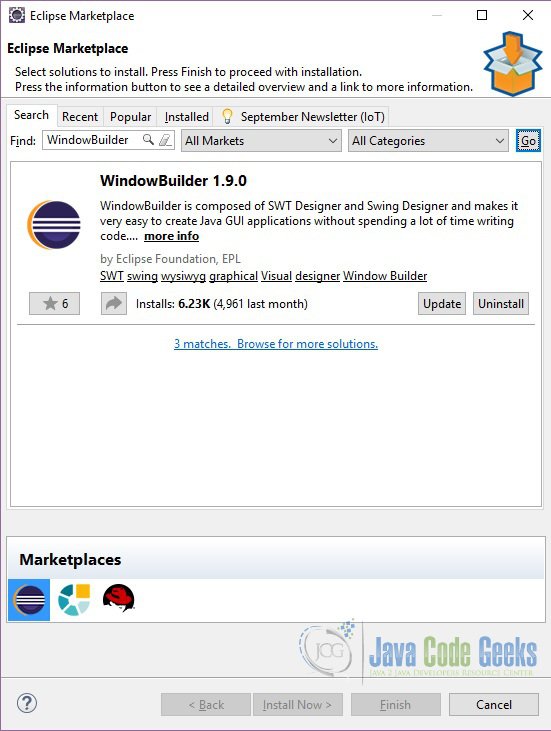

Window management branding issues, especially on Windows and Mac.įrom version 4.8 (Photon) an up there was a steady speed gain after each version.Firewalls: Eclipse wants access to the Internet instead of Java.Eclipse.exe in the process list instead of java.exe.

Referring to the jvm.dll has advantages:.The Xmx argument is the amount of memory Eclipse will get (in simple terms). Launching it with the latest JDK (Java 14 at the time of writing, which does not prevent you to compile in your Eclipse project with any other JDK you want: 1.4.2, 1.5, 1.6 older.) -vm jdk1.6.0_10\jre\bin\client\jvm.dllĬonfiguring the eclipse.ini (see this question for a complete eclipse.ini) -Xms512m (by "same" workspace I mean: same (additionally installed) plugins used, same projects checked out from version control). Newer versions have more bundled plugins, but still the trend is obvious. The "same" workspace in Indigo (3.7.2) SR2 loads in 4 seconds, in Kepler SR2 (4.3.2) in 7 seconds and in Luna (4.4.0) in 10 seconds. Note that David Balažic's comment (July 2014) contradicts that criteria which was working six years ago: Using the latest version of Eclipse (2020-06 as on 26 June 2020).The three most influential factors for Eclipse speed are:


 0 kommentar(er)
0 kommentar(er)
